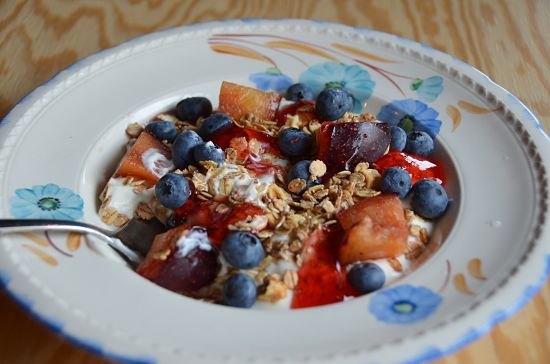Move Over Mediterranean - The Nordic Diet is Here
The Mediterranean diet has been widely promoted and is backed by a substantial array of research articles to support its claims for better health and longer life. But, there is a new kid in town - the Nordic diet. It is a Mediterranean variant based on the same principles, but using seasonal Nordic ingredients: foods available in Norway, Denmark, Iceland, Finland and Sweden. Most of these foods such dense wholegrain breads (pumpernickel, rye and real sourdough) fish, high-fibre vegetables and lean meat. The emphasis is on minimally processed whole foods.
The key principles are:
- high-fibre vegetables,
- whole grains,
- fruit,
- dense breads (pumpernickel or real sourdough),
- fish and seafood, with a limit of one portion of cured fish per day.
- low-fat dairy foods,
- lean meat of all types (beef, pork, lamb, veal),
- beans and lentils,
- tofu and skinless poultry.
- fermented foods,
- minimal sugar,
- no highly processed foods, especially carbohydrates
Key Features of the Nordic Diet are:
- 50 % of kilojoules from Carbohydrates, 25 % from Protein, and 25 %from fat.
- high-quality, high-fibre carbs
- lean meat
- heart-healthy omega-3 fatty acids
- seafood frequently instead of red meat
- extra virgin olive oil (cold-pressed), instead of the canola oil
- restricting food consumption using the 'stay-hungry' principle
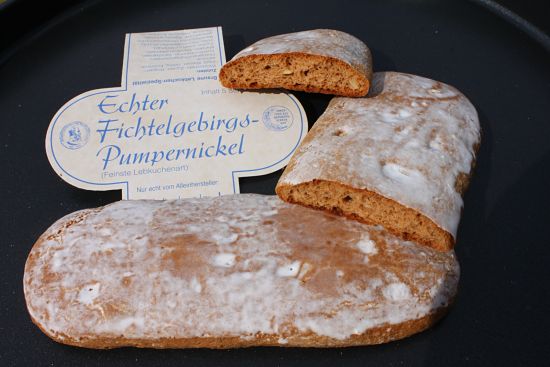
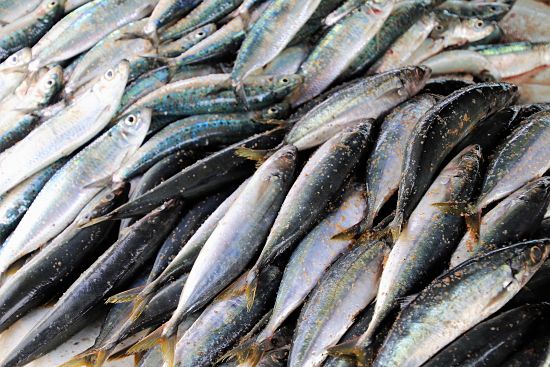
While the emphasis is on staple foods, traditionally sourced in the colder-climate Nordic countries, these foods are widely available everywhere, and so there are no regional restrictions:
- Fish with healthy fats such as herring, salmon and mackerel can be replaced with local fatty fish with the same properties
- Berries and other fruits, legumes, root vegetables and cabbage are widely available
- Whole-grain cereals such as oats, barley, and rye are widely available and while the heavy dark pumpernickel may not appeal to everyone, local bakeries produce similar healthy wholegrain breads.
- Wholegrain, multi-grain muesli can be made from wholegrain cereals based on rolled oats.
- The Nordic diet is arguably cheaper than the Mediterranean diet in many locations. This is largely due to the emphasis on inexpensive staple vegetables such as cabbage, and oats. Cheap canned fish is also permitted. Many of the local oily fish are cheaper than the white-fleshed popular varieties.
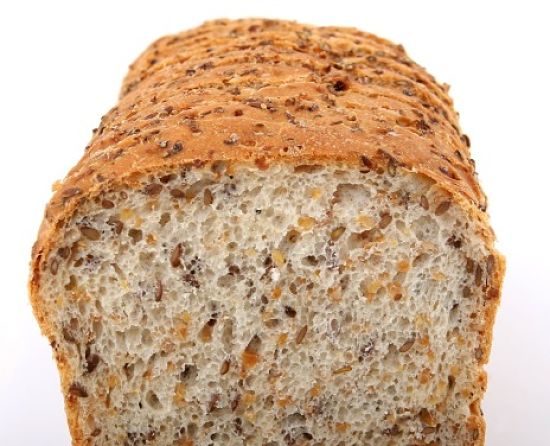
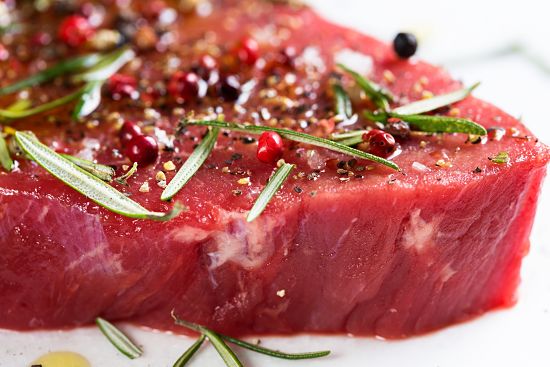
The emphasis on fresh local food available from 'farmers markets' supports local farming and food supply systems with emphasis on whole unprocessed foods.
The best way to get started on the Nordic Diet is to think of how fruits and vegetables, grains, beans and lentils, and fish and lean red and white meat, that you already like, can feature more prominently in your meals. Find interesting recipes that follow the Nordic principles.
The important aspect to emphasise is that the Nordic-style diet isn't meant to be a short-term or fad Diet. It's a lifestyle change that you can continue for the rest of your life. Try combining it with Short Term Fasting - such as 'Don't Eat Lunch' or 'Eat Like a Bird on Mondays'. And, of course, get plenty of exercise.
While there is little direct research on the benefits of the Nordic Diet, it follows the Mediterranean Diet principles and so is backed by the extensive research available on the Mediterranean diet.
Enjoy!
